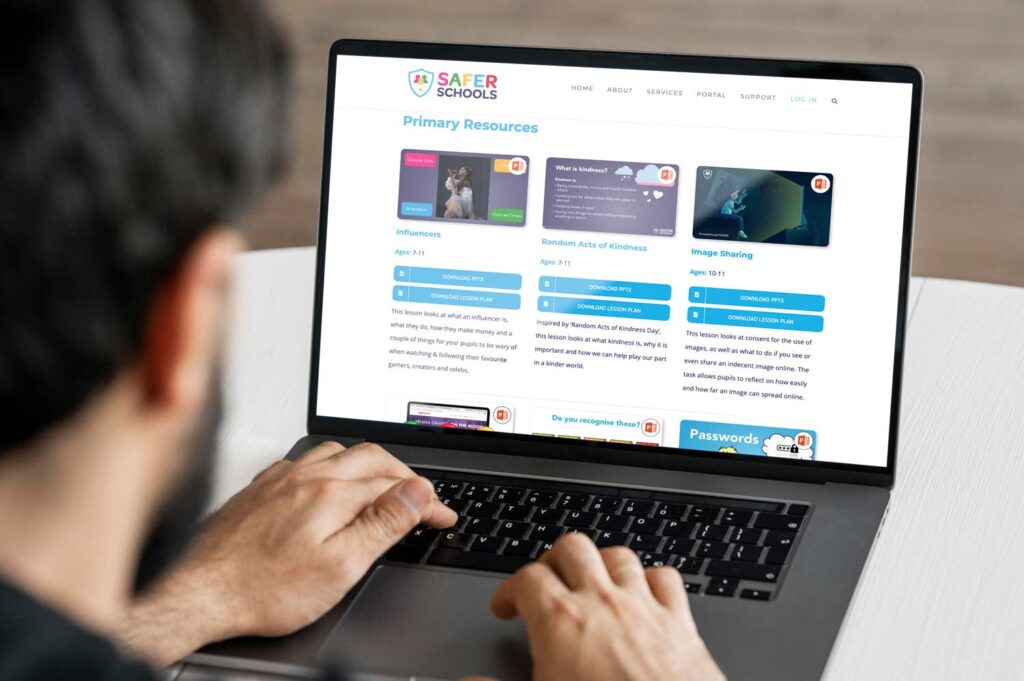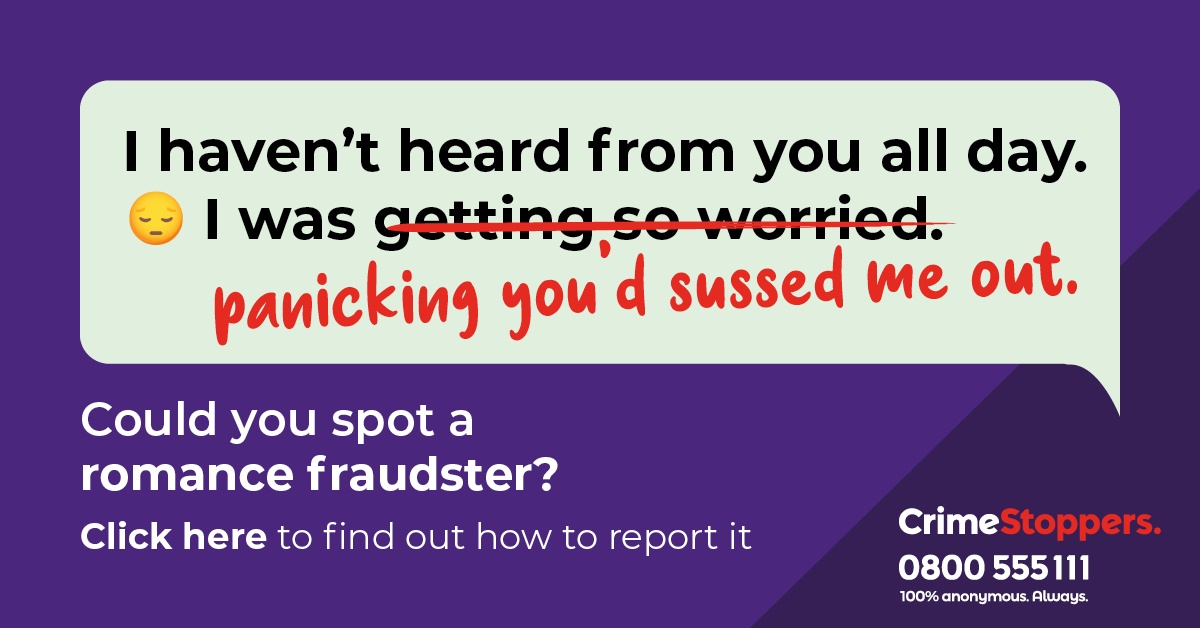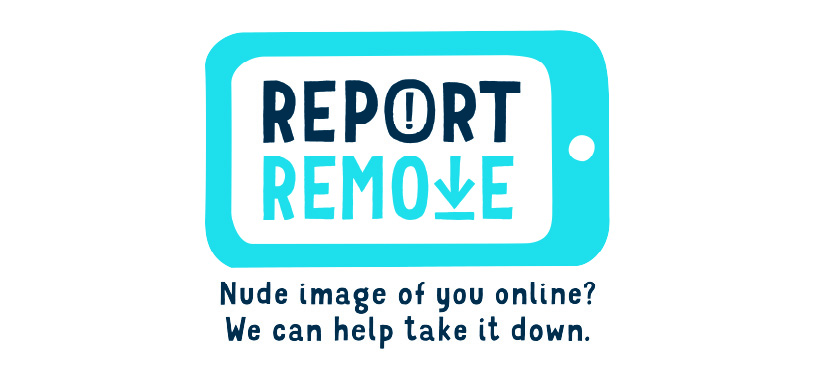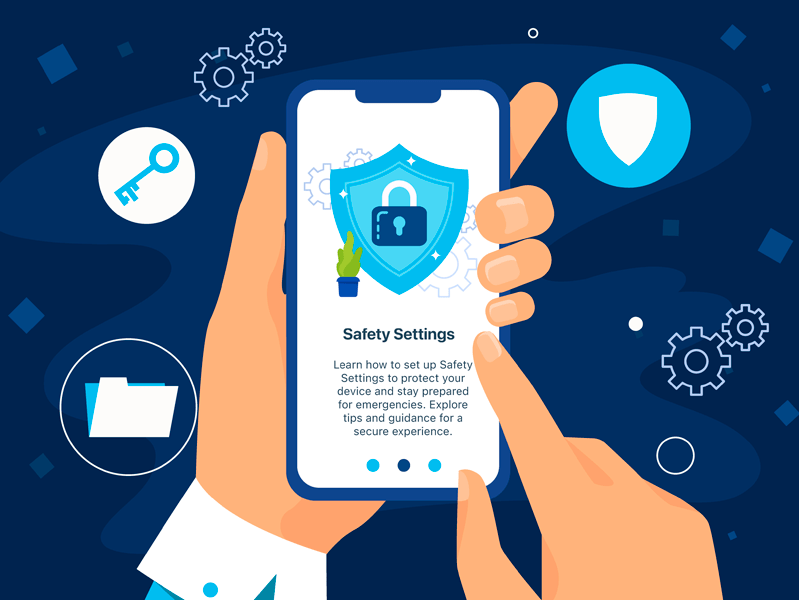Reading Time: 7.6 mins
18th June 2025
This article gives advice to safeguarding professionals and parents regarding the signs of sextortion, raising awareness and supporting children to seek help as well as support for victims.
The resources below will provide you with further information on what sextortion is and how it happens, along with practical advice and signposting to help and further support.
If you haven’t already, please start the conversation today. Foster a safe environment free of shame and judgement that educates and empowers a young person to come forward, speak to an adult they trust, who can reassure them with the help and support they may need.
Early intervention is key: Be Aware. Respond. Report.
What is Sextortion?
Sextortion is a financial cyber-enabled crime that exploits a young person’s trust and seeks to control them through the threat of public humiliation, specifically through releasing nude images or semi-nude images to the public.
After the explicit imagery is captured by the sexual predator, it is used to blackmail the young person into sending more images, money, or in some cases, into recruiting more victims.
Images can be both real or generated by AI. It can happen to anyone, but it is particularly prevalent among teenagers and young adults.

The National Crime Agency have reported that while sextortion is prevalent amongst all age groups and genders, males between 14 – 18 are more likely to victims of this crime.
How Does Sextortion Happen?
Sextortion typically begins when a criminal strikes up a friendship or relationship with a young person online. In the beginning, these will appear entirely innocent as they bond over shared interests. A young person may encounter someone on a social media platform, a dating app, or even a gaming platform like Roblox.
As the interactions progress over time, it takes an unexpected turn towards sexual topics, initiated by the other person. In some cases, the young person may share explicit photos or engage in intimate acts on camera, unaware of the digital trap being set.
The perpetrator captures and saves these intimate images to use as leverage to manipulate and control the young person.
The threat of exposure can seem extremely real when the perpetrator goes to the lengths of searching through the young person’s social media platforms to find their close friends and family members’ accounts.
The sudden realisation of being trapped in a sextortion scheme induces panic and a range of negative emotions in the young person. They may feel violated, afraid, and embarrassed.
Sadly, in some cases, the psychological impact can lead to thoughts of self-harm or suicide.
Young people may appear outwardly robust and resilient, but in moments of crisis may turn to their phones. Scrolling through online search results of horror stories can intensify feelings of worry, embarrassment, and shame.

How Can Parents and Safeguarding Professionals Help?
If you or your young person come across any suspicious activities or individuals online, report them to the relevant authorities or the platform’s support team. By reporting such incidents, you contribute to the overall safety of the online community.
RESPOND
REPORT
Join our Online Safeguarding Hub Newsletter Network
Members of our network receive weekly updates on the trends, risks and threats to children and young people online.



















